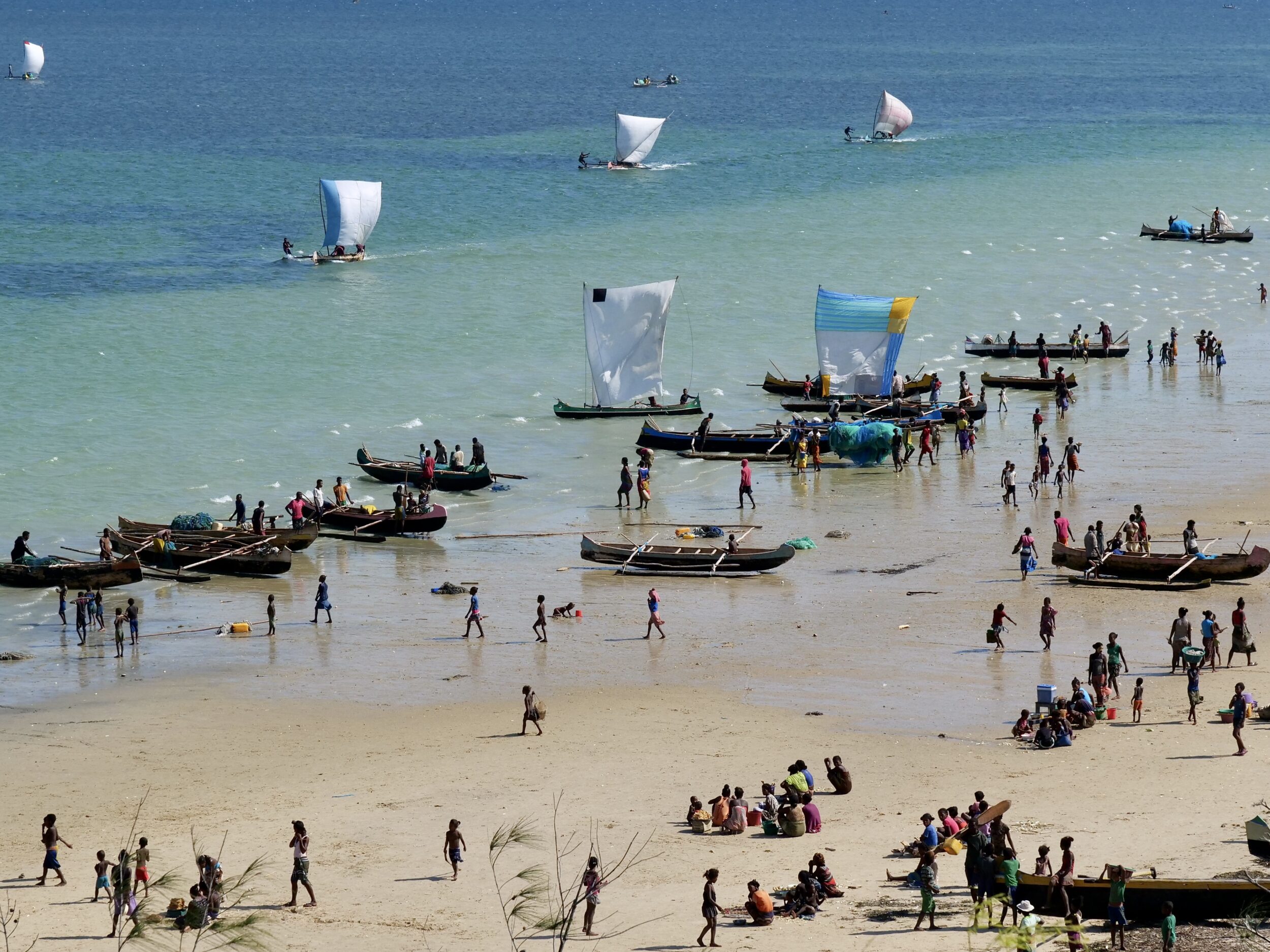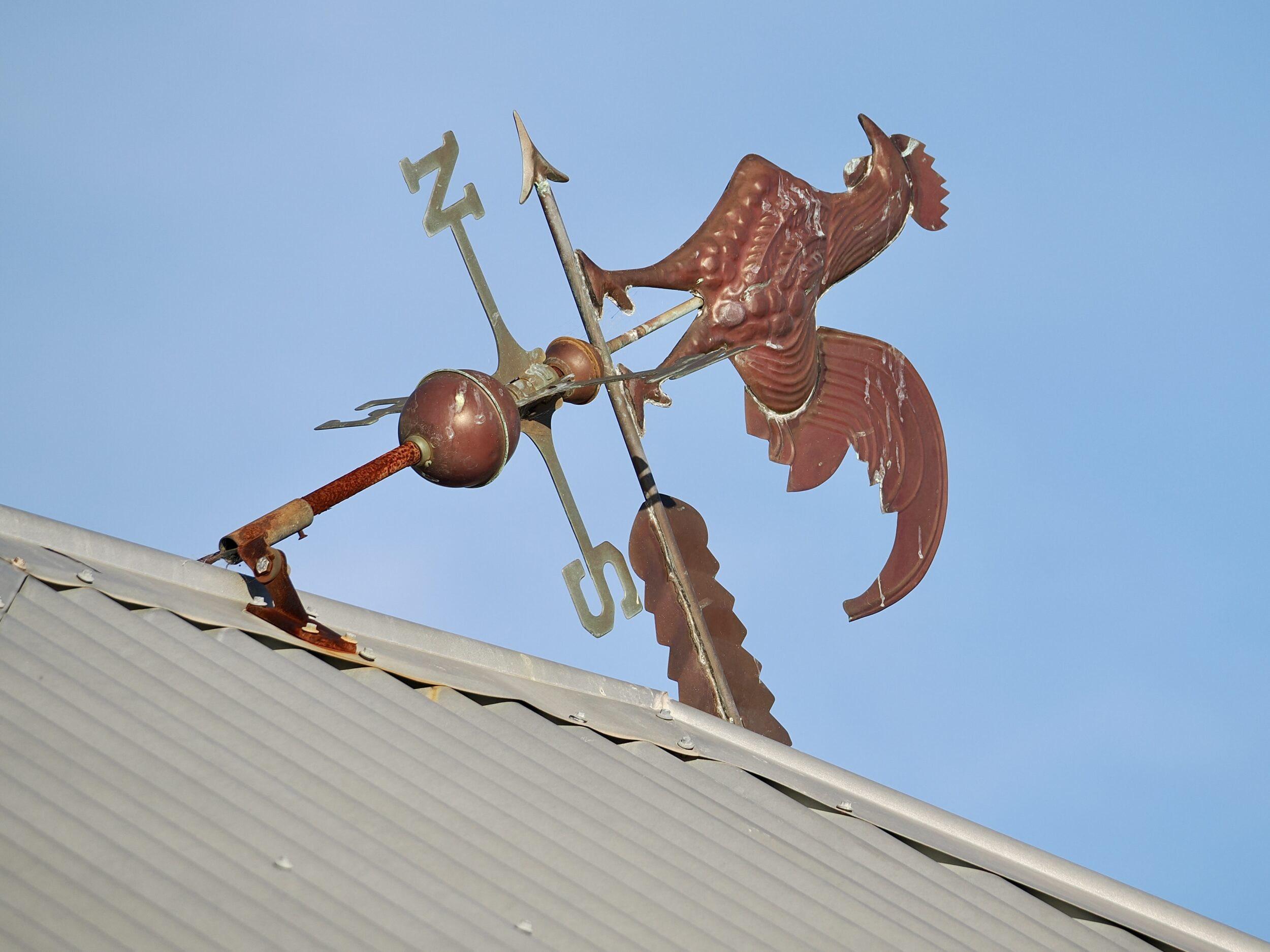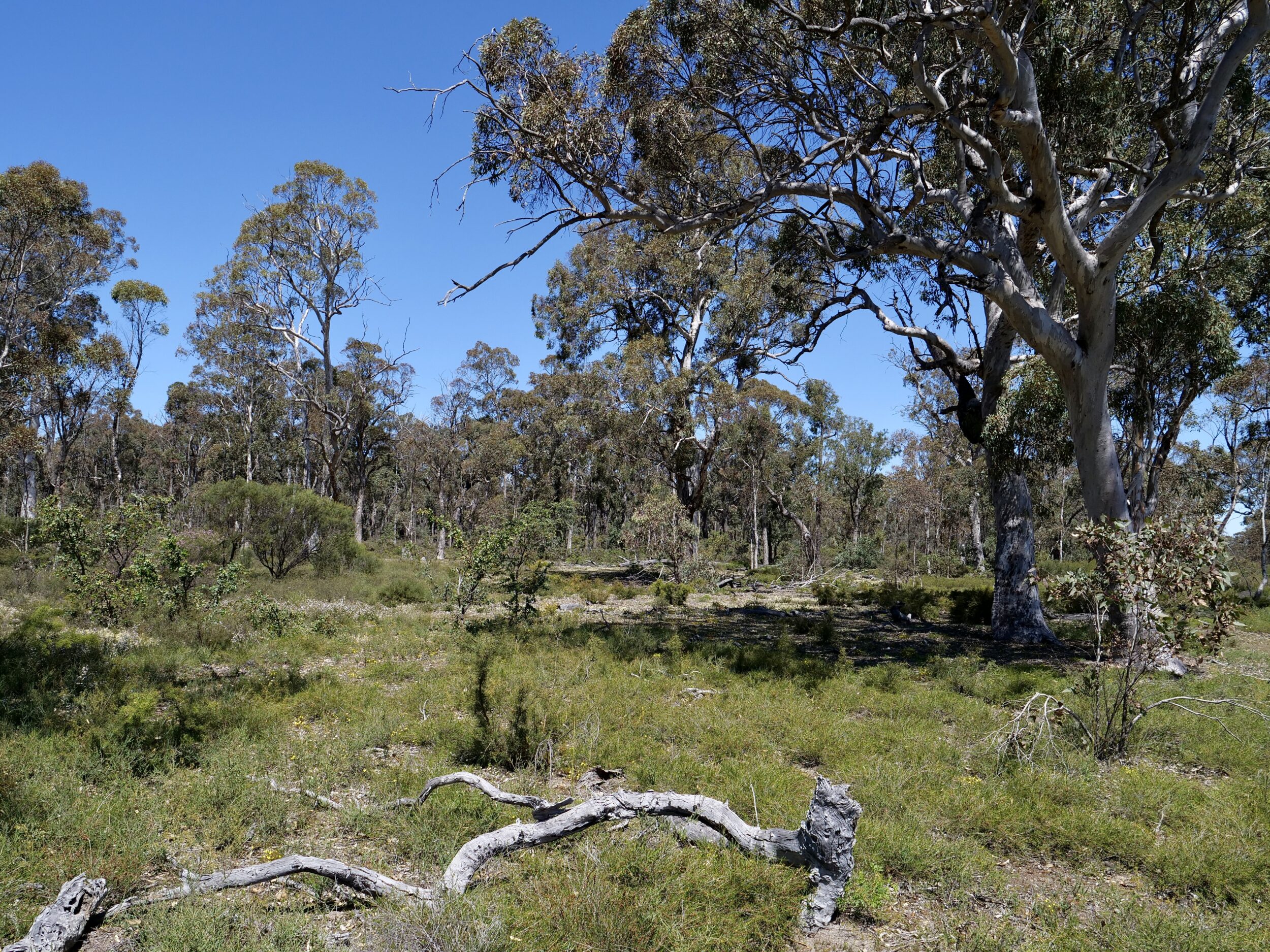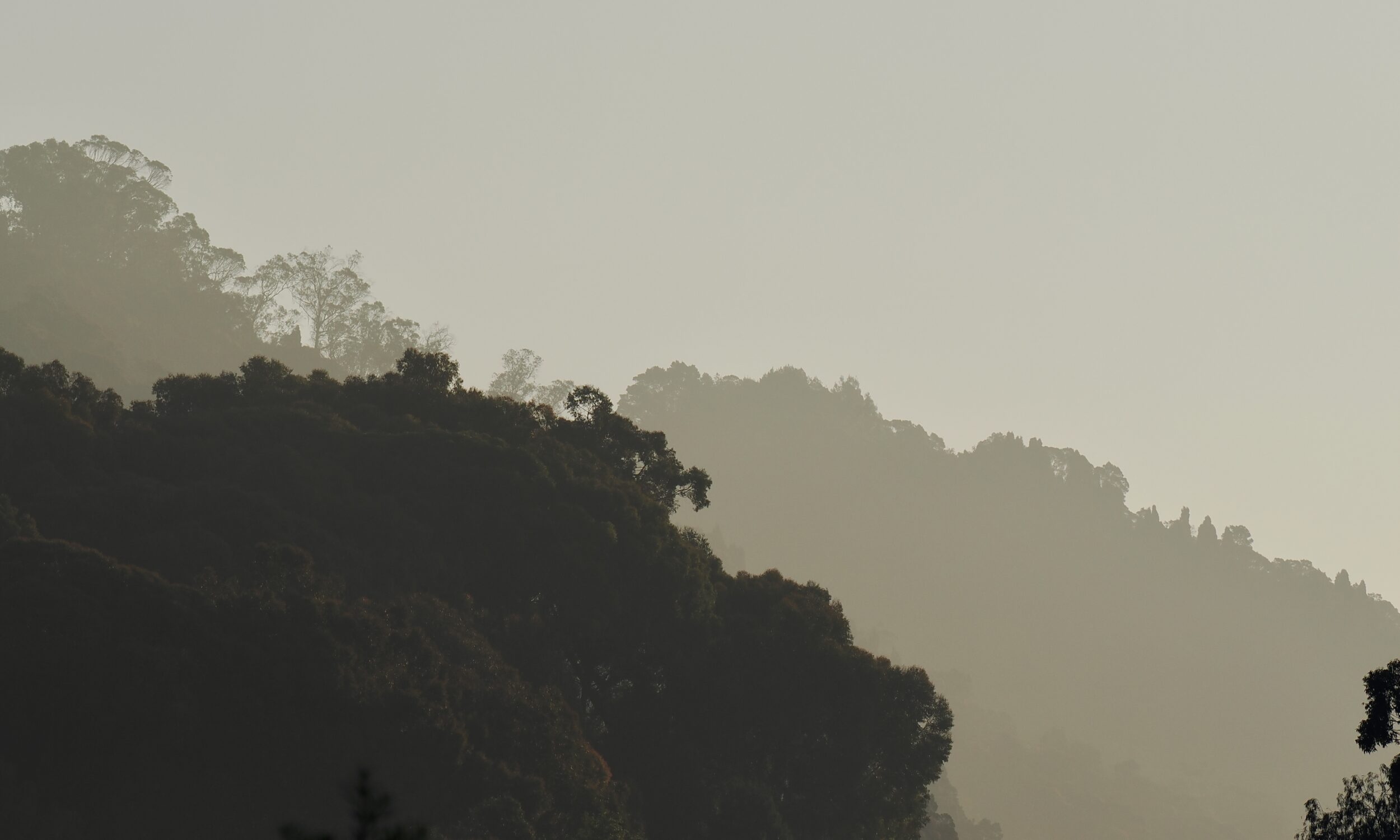Hoteliers and tour operators like to describe the pictured beach as “idyllic”.
Ifaty is a village in southwestern Madagascar; fishing is its raison d’être., although tourism has become increasingly significant in recent years.
Its seafront “lagoon” is sheltered by one of the world’s major coral reefs.
On the reef’s far side is the Mozambique Channel, which is 1,700 ks long, 419 ks wide at its narrowest point, and surprisingly deep – up to nearly 3,300 metres, with an average depth of around 2,700 metres.
I took the photo just before midday on 19 May 2018, as the big daily event was unfolding.
Leave a Comment








